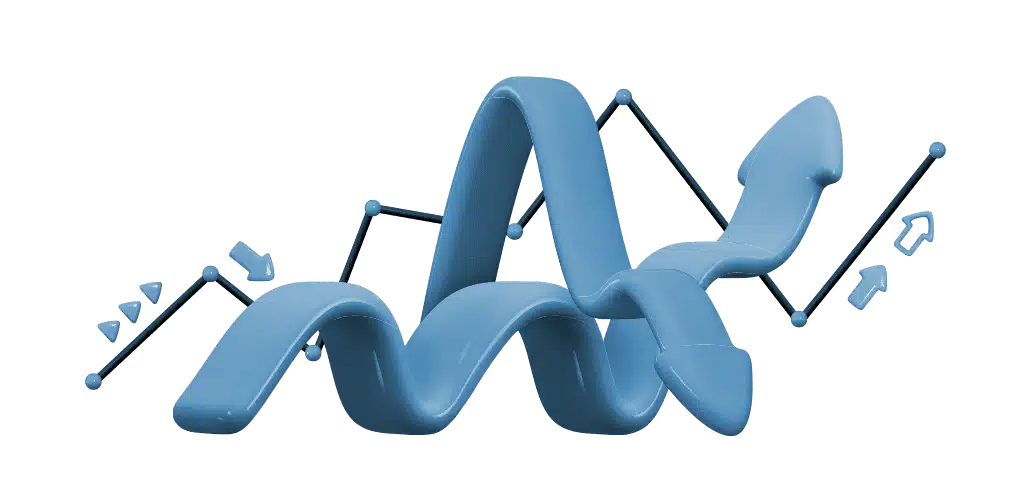Trading Markets

Trading Rising and Falling Markets
As we all know, the COVID-19 pandemic has had a major impact not only on public health but also on the global financial markets. Since the coronavirus-inspired storm that began in February 2020, we’ve seen the market react with large drops, often followed by large increases, which together have created high levels of market movement as investors attempt to understand the new situation.
So, what is a trader to do when faced with this kind of global event? Unlike buying stocks on the stock market, where you can only make a profit when markets are rising, trading CFDs (Contracts for Difference) allows investors to work with price movements in either direction, and as a result, to potentially benefit from both rising and falling markets.
That’s why today, we wanted to focus on one of the main advantages that trading CFDs offers: the opportunity to open either ‘long’ or ‘short’ positions, according to the market conditions and your trading strategy. In a nutshell, CFDs offer traders an opportunity to profit (but also to lose) from price movements in the financial markets without owning the underlying asset. Usually, when trading stocks, commodities, currency pairs, or other instruments, the goal is to generate returns that outperform buy-and-hold investing. Trading profits and losses can be generated as investors attempt to buy at a lower price and sell at a higher price, usually within a relatively short period of time.
But the reverse is also true: profits and losses can be made by selling the instrument and then trying to buy it back at a lower price if the market falls. CFD trading is an investing method that offers a wide variety of approaches and strategies based on each trader’s individual market expectations in both rising and falling markets. Let’s take a closer look at two of the most common trading methods to trade either rising or falling markets: Long vs. Short
See a trading opportunity? Open an account now!
Trading Rising Markets
Taking a long position is a bullish view, where a trade is initiated by a Buy order. When going long, the trader expects the value of an asset to increase over time, planning to sell it back at a higher price in the future in order to realise a profit.
In other words, profits or losses in online CFD trading are calculated by the difference between the opening and closing price of the traded asset over the life of the contract.
Trading Falling Markets
Taking a short position is a bearish view. A short position in trading CFDs is when a trade is initiated by a Sell order, which is considered more complex than going long. When short selling, the trader expects the value of an asset to decrease over time, and plans to buy it back at a lower price in the future in order to realise a profit. When executing a short position, if the trader’s prediction is wrong and the price of the asset begins to rise, the open trade will sustain a loss. The loss is calculated by the difference between the opening and closing price of the traded asset over the life of the contract.
In Conclusion
Trading CFDs offers flexible options to trade long or short with equal ease, by this allowing anyone to work with either rising or falling prices. Having said that, please note that CFD trading is fast-moving and requires close monitoring. There are liquidity risks and margins you need to maintain; if you cannot cover reductions in values, your broker may close your position, meaning that you will have to meet the loss no matter what subsequently happens to the underlying asset.
In addition, when trading CFDs, it’s important to remember to always make smart use of protective stop orders so mistaken speculations do not result in significant trading losses (especially when applying leverage), or hedge you positions via options trading.
** Disclaimer – While due research has been undertaken to compile the above content, it remains an informational and educational piece only. None of the content provided constitutes any form of investment advice.







